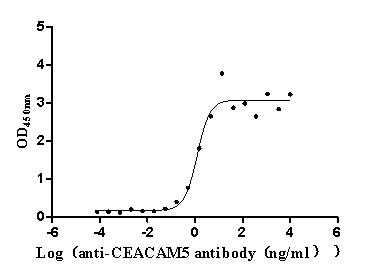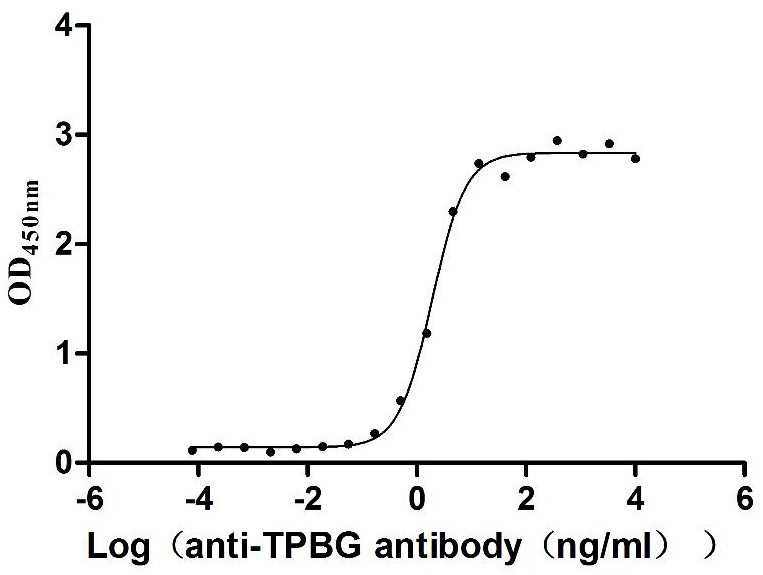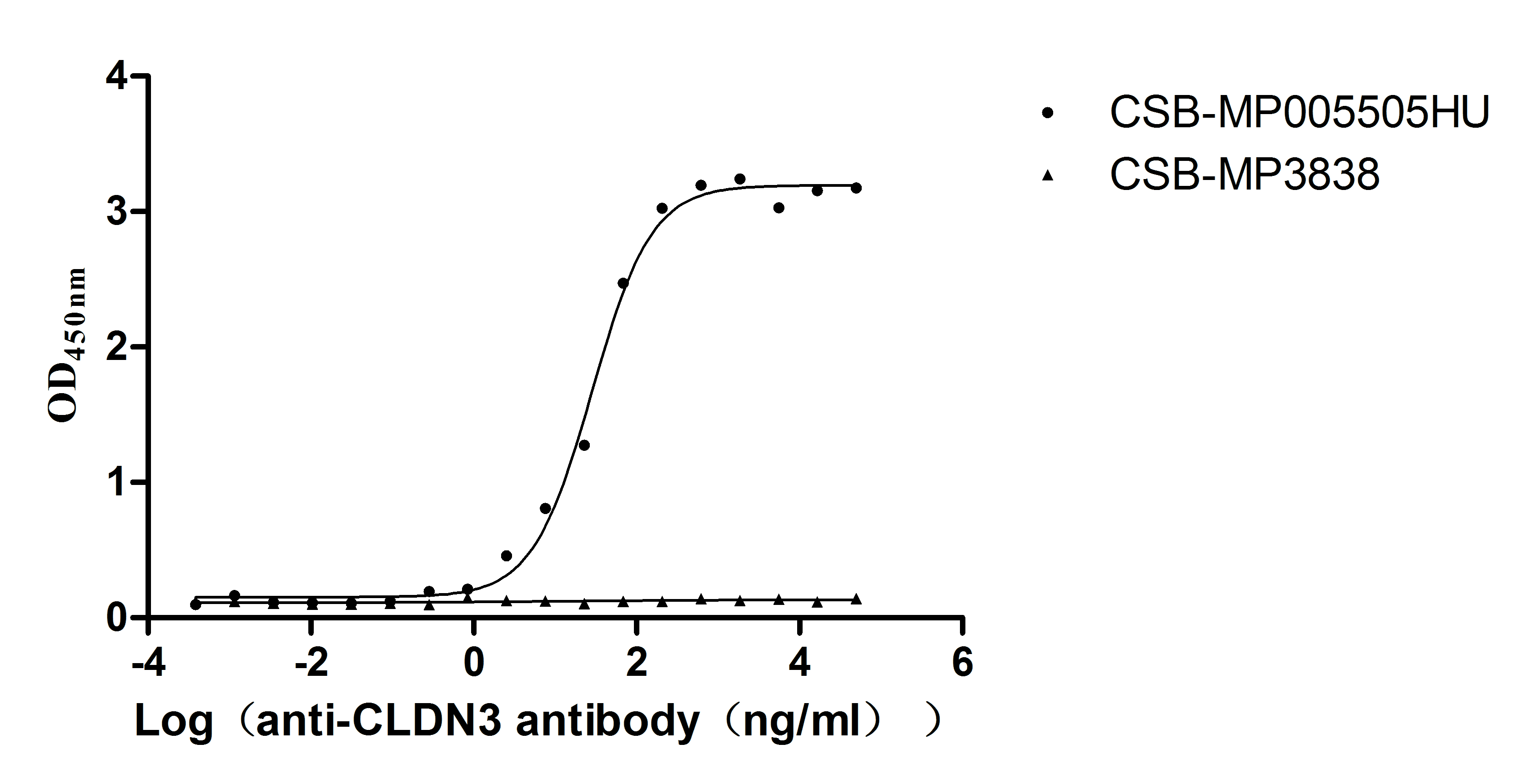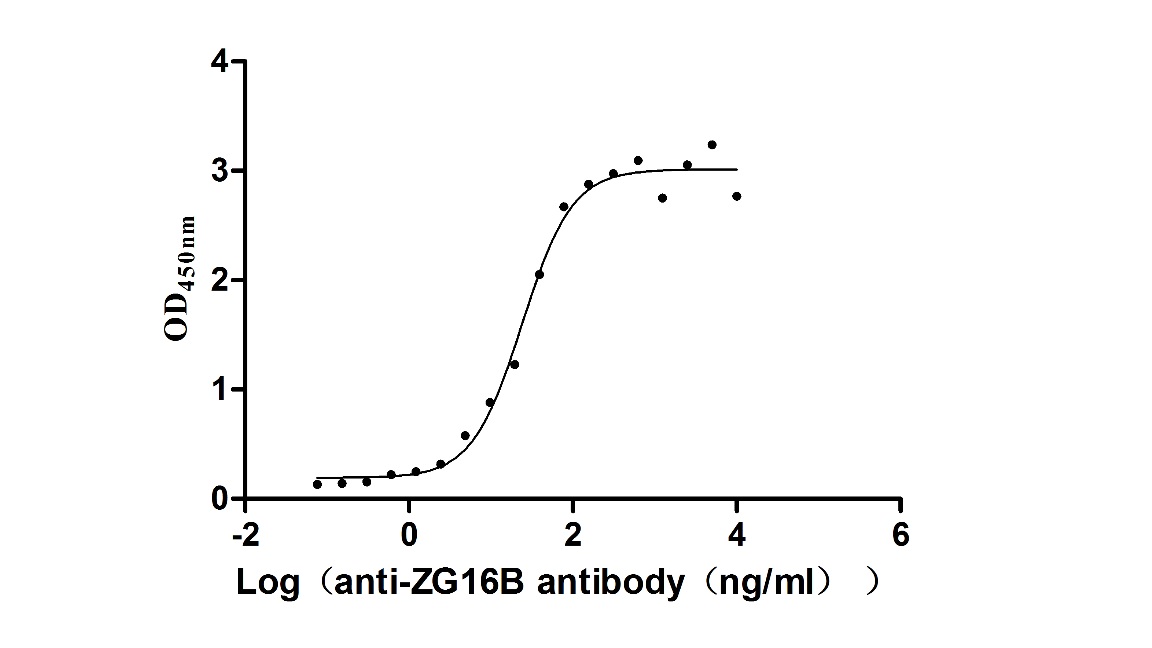Recombinant Human herpesvirus 1 E3 ubiquitin-protein ligase ICP0 (ICP0), partial
In Stock-
货号:CSB-EP362415HWY
-
规格:¥2328
-
图片:
-
其他:
产品详情
-
纯度:Greater than 85% as determined by SDS-PAGE.
-
基因名:ICP0
-
Uniprot No.:
-
种属:Human herpesvirus 1 (strain 17) (HHV-1) (Human herpes simplex virus 1)
-
蛋白长度:Partial
-
来源:E.coli
-
分子量:38.6 kDa
-
表达区域:1-300aa
-
氨基酸序列MEPRPGASTRRPEGRPQREPAPDVWVFPCDRDLPDSSDSEAETEVGGRGDADHHDDDSASEADSTDTELFETGLLGPQGVDGGAVSGGSPPREEDPGSCGGAPPREDGGSDEGDVCAVCTDEIAPHLRCDTFPCMHRFCIPCMKTWMQLRNTCPLCNAKLVYLIVGVTPSGSFSTIPIVNDPQTRMEAEEAVRAGTAVDFIWTGNQRFAPRYLTLGGHTVRALSPTHPEPTTDEDDDDLDDADYVPPAPRRTPRAPPRRGAAAPPVTGGASHAAPQPAAARTAPPSAPIGPHGSSNTNTT
Note: The complete sequence including tag sequence, target protein sequence and linker sequence could be provided upon request. -
蛋白标签:C-terminal 6xHis-tagged
-
产品提供形式:Liquid or Lyophilized powder
Note: We will preferentially ship the format that we have in stock, however, if you have any special requirement for the format, please remark your requirement when placing the order, we will prepare according to your demand. -
缓冲液:If the delivery form is liquid, the default storage buffer is Tris/PBS-based buffer, 5%-50% glycerol. If the delivery form is lyophilized powder, the buffer before lyophilization is Tris/PBS-based buffer, 6% Trehalose.
-
复溶:We recommend that this vial be briefly centrifuged prior to opening to bring the contents to the bottom. Please reconstitute protein in deionized sterile water to a concentration of 0.1-1.0 mg/mL.We recommend to add 5-50% of glycerol (final concentration) and aliquot for long-term storage at -20℃/-80℃. Our default final concentration of glycerol is 50%. Customers could use it as reference.
-
储存条件:Store at -20°C/-80°C upon receipt, aliquoting is necessary for mutiple use. Avoid repeated freeze-thaw cycles.
-
保质期:The shelf life is related to many factors, storage state, buffer ingredients, storage temperature and the stability of the protein itself.
Generally, the shelf life of liquid form is 6 months at -20°C/-80°C. The shelf life of lyophilized form is 12 months at -20°C/-80°C. -
货期:3-7 business days
-
注意事项:Repeated freezing and thawing is not recommended. Store working aliquots at 4°C for up to one week.
-
Datasheet & COA:Please contact us to get it.
相关产品
靶点详情
-
功能:Evades nuclear antiviral defenses triggered by dsDNA viruses. Acts during the initial stages of lytic infection and the reactivation of latent viral genome. Prevents the antiviral effect of nuclear bodies by degrading host PML and SP100. Prevents antiviral response to viral DNA induced by IFI16 by degrading it. Additionally, inhibits host IRF3 nuclear signaling to prevent interferon production by the infected cells. Interestingly, the E3 ubiquitin ligase activity associated with the RING finger domain does not seem to be directly required to inhibit the activation of IRF3 but instead plays a critical role in modulating the cellular localization of ICP0. Upon reactivation of latent genome, suppresses the silencing of viral DNA by dissociating either HDAC1 or HDAC2 from the HDAC-RCOR1-REST-KDM1A complex localized at the ND10 structures and causes their dispersal. Two cellular histone ubiquitin ligases RNF8 and RNF168 are also targeted by ICP0 for degradation, leading to a loss of ubiquitinated forms of H2A, a relief of transcriptional repression, and the activation of latent viral genomes. Enhances the localization of host CCND3 to ND10 bodies that serve as precursors of replication compartments to enable efficient viral replication. Like many RING-finger E3 ubiquitin ligases, ICP0 can induce its own ubiquitination, an activity that promotes its instability due to its targeting to the 26S proteasome for degradation. ICP0 restricts this process by recruiting the cellular ubiquitin-specific protease USP7 that cleaves the anchored ubiquitin chains from ICP0, thereby promoting its stabilization.
-
基因功能参考文献:
- no evidence was found that miR-H2 represses the expression of ICP0 in cells or mice infected with HSV-1. PMID: 27847363
- The interaction between ICP0 and promyelocytic leukemia nuclear bodies (PML NBs), is discussed, suggesting a potential link between PML NBs and ICP0 in regulating lytic and latent infection of HSV-1. PMID: 22544561
- We conclude that while ICP0 is important and perhaps essential for infectious virus production during reactivation in vivo, this protein is not required and appears to play no major role in the initiation of reactivation in vivo PMID: 16943285
- The results suggest that the retention of ICP4 and ICP0 in the nucleus is a dynamic process that involves the function of other viral proteins. PMID: 18057247
- Data show upon HSV-1 infection of cell lines, surface levels of NKG2D ligands MICA antigen and UL16 binding protein 2 were downmodulated due to late viral ICP0 gene product(s). PMID: 19508374
显示更多
收起更多
-
亚细胞定位:Host cytoplasm. Host nucleus.
-
蛋白家族:Simplexviruses ICp0 family
-
数据库链接:
KEGG: vg:2703389
Most popular with customers
-
Recombinant Severe acute respiratory syndrome coronavirus 2 Spike glycoprotein (S), partial (Active)
Express system: Mammalian cell
Species: Severe acute respiratory syndrome coronavirus 2 (2019-nCoV) (SARS-CoV-2)
-
Express system: Mammalian cell
Species: Homo sapiens (Human)
-
Recombinant Human Insulin growth factor-like family member 1 (IGFL1) (Active)
Express system: Mammalian cell
Species: Homo sapiens (Human)
-
Recombinant Mouse Claudin-18.2 (Cldn18.2)-VLPs (Active)
Express system: Mammalian cell
Species: Mus musculus (Mouse)
-
Express system: Mammalian cell
Species: Homo sapiens (Human)
-
Recombinant Macaca fascicularis Trophoblast glycoprotein (TPBG), partial (Active)
Express system: Mammalian cell
Species: Macaca fascicularis (Crab-eating macaque) (Cynomolgus monkey)
-
Recombinant Human Claudin-3 (CLDN3)-VLPs (Active)
Express system: Mammalian cell
Species: Homo sapiens (Human)
-
Recombinant Macaca fascicularis zymogen granule protein 16 homolog B (ZG16B) (Active)
Express system: Mammalian cell
Species: Macaca fascicularis (Crab-eating macaque) (Cynomolgus monkey)



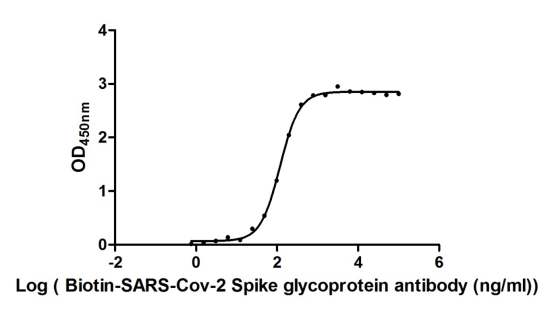
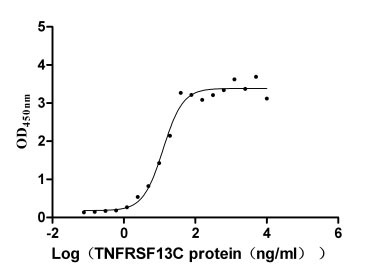
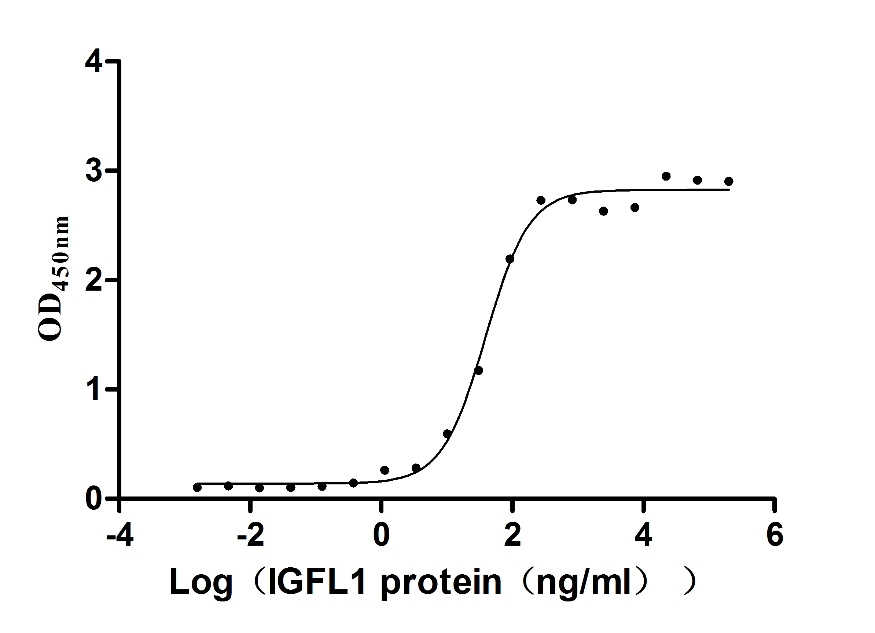
-AC1.jpg)
